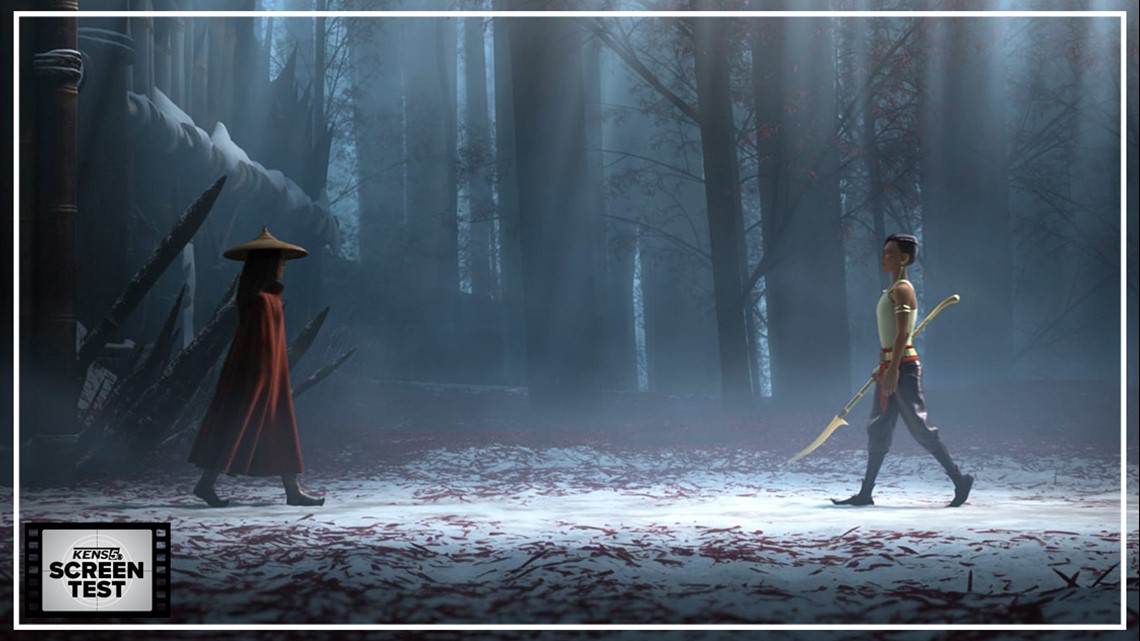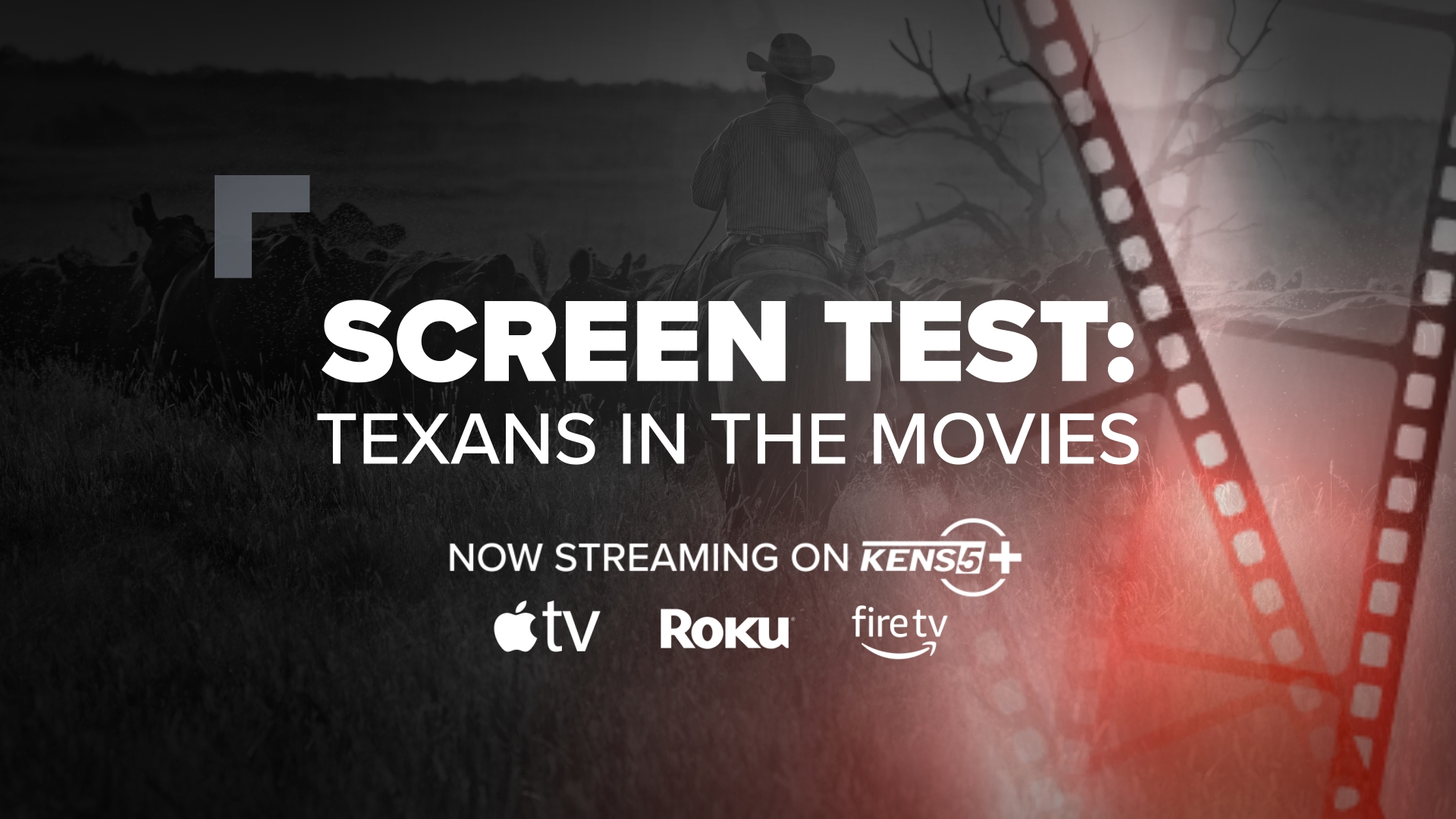Walt Disney Animation’s most action-packed entry since “Big Hero 6” and its most soulful since “Moana,” “Raya and the Last Dragon” represents an effort by the Mouse House’s animated wing to grow beyond itself.
For one thing, it’s an adventure of worldly spectacle we can imagine having been conceived as a live-action project once upon a time (or roughly a decade ago, when Narnia, violent Greek titans and our two dozenth Robin Hood were hounding the silver screen). For another, and perhaps to the relief of parents everywhere, it doesn’t divert its own attention for the sake of an earworm musical number; at one point, that would’ve violated cardinal Disney law. It’s also a movie of non-white characters, instead taking its aesthetic cues from Southeast Asian cultures, and that effort, at least, seems to have been an earnest one; the crew reportedly ventured to the right places for research and consulted with the right people as the film’s designs progressed. It’s cultural proportions feel as pronounced as the Polynesian myth-inspired “Moana.”
“Raya and the Last Dragon” is also, quite simply, a movie powered by themes amplifying all the above and which are amplified by all the above. Disney’s animation team has long settled into a tradition of employing enough narrative contributors to power an entire indie project, and there have been times when the result is a messy tangle of voices. Not so in “Raya.” In the cohesive, gorgeously animated and piercingly poignant approach taken by its two credited directors (Don Hall and Carlos López Estrada), two additional co-directors, two screenwriters and two additional story-shapers, we observe the first Walt Disney Animation movie in a long time to take its ideas seriously, and not just for granted.
A movie offering tastes of various cinematic influences begins with a scene echoing “Mad Max: Fury Road” as Raya (voiced by Kelly Marie Tran) travels across an empty desert wasteland on a massive pill bug. It’s a striking image with all the goods to drive home this story will be one of wide-ranging consequence: Desolate landscape, lone wanderer, billowing cape. Olaf wouldn’t last a minute here. In due course, we head into the past to become versed in worldly and personal histories, finding that the two have been intelligently synergized, which is rare for these Disneyfied stories no matter the visual philosophy.
We learn the land is Kumandra, though it’s been physically and ideologically fragmented in the 500 years since the malicious Druun – homicidal purple-black clouds that turn victims into stone – attempted to annihilate the realm. We also learn it’s been 500 years since anyone last saw a live dragon; they were all but extinguished after harnessing their magic to save humanity—the remnants of which have been engaged in a power struggle after the cataclysm broke Kumandra into five greedy regions warring for the last of that magic. And, finally, we learn about Raya’s central role in why humanity is so sparse now; an act of betrayal six years prior found Raya, a member of the Heart tribe protecting the last of the dragon Sisu’s powers, taken advantage of. As a result, the magic splintered into five pieces, the Druun once again were unleashed and Kumandra’s clans became even more divided with the threat of doom constantly at their door.
Suffice to say, it’s impressively meaningful world-building that finds “Raya and the Last Dragon” poking fun at its scale as much as it devotes itself to it. The dual-prologues also provide “Raya,” and Raya, with an emotional backbone along with a narrative one: Her present-day journey to resurrect Sisu and collect the remaining magical shards is to resurrect a loved one, plain and simple. Turns out she’s lost faith in the world around her, and the people who inhabit it (“Maybe the world’s broken because you can’t trust anyone,” she’s told).
This being Disney, Raya’s worldview will prove flexible as lessons are learned over the course of two hours and a journey taking her to mountainous settlements and bustling communities, some having delayed total extinction better than others. The dedication of the film’s team to its cultural influences extends to the casting’s periphery; Tran herself is of Vietnamese heritage, and for as much as her hiring feels dubiously like Disney doing right by the actress after the vitriol thrown her way by the cruelest vultures of franchise fandom back when “The Last Jedi” released, her performance is a multidimensional blend of grit, humanity and imperfection. As Sisu, Awkwafina’s coarser vocal profile wonderfully contrasts Tran’s steeliness (though “The Farewell” actress’s lineage, it should be noted, runs through east Asia).
All the requisite Disney tropes are here – cute critter sidekicks, colorful gags and ample quips better-suited for the kids in the audience than the adults – but they’re balanced by a texture of darker storytelling that might catch some older viewers off-guard. Loss has carved itself into every corner of Kumandra, revealing itself as a shared personal trait between the various misanthrope characters Raya and Sisu encounter. It’s also visually manifested in the fields of stone statues that turn the land into an endless graveyard; it will surprise no one that the movie is gorgeously rendered, its environments and characters dazzlingly animated. But the fruits of those technological efforts fully come to bear in quieter moments—a melancholy scene of travelers paying tribute to stone dragons wrapped in vibrant green ivy, the nighttime exploration of a town lit by the rainbow hues of hundreds of lanterns.


For all the boisterousness and beauty that’s to be found, you needn’t look further than the relationship between Raya and Sisu to find evidence of ambitious thematic design. There’s a bit more “The Last Jedi” to “Raya and the Last Dragon’s” DNA than Tran and the titles’ shared note of ominousness; one of the latter’s most intriguing suggestions is the means by which various characters respond to legend. If Luke Skywalker shed himself of a hero’s expectations, Sisu is a deity whose chance position in Kumandra lore has led to her only partially recognizing the burden. These implications never totally take the stage from the breakneck set pieces and neat fetch-quest narrative, but they do democratize “Raya and the Last Dragon’s” appeal. Kids will easily be able to tell the good guys from the bad while guffawing at a baby’s unexpected inner schemer; their parents will find avenues to consider unexpected calculations of perspective, history and political agenda that harmonize more wholeheartedly than most family-oriented screenplays.
There’s ample room to debate the extent to which the movie’s various authors took inspiration from the real world for a story thematically centered on greed, division and aggressive individualism, just like the movies tend to give audiences space to consider them both as allegory and as escapist fantasy. “Raya and the Last Dragon” succeeds in how it provides enough of a foundation to enthrall through either lens, overcoming its tidy structure to provide an adventurous elixir and a genuinely daring coda that reminds us Disney’s stories can still afford to be daring after years of being in a position when the bare minimum would do. For a movie whose characters at one point expound on humans’ tendency to be blinded by assumption, that’s a fitting triumph.
"Raya and the Last Dragon" is rated PG for some violence, action and thematic elements. It releases Friday in some theaters, and on Disney+ with $29.99 Premiere Access.
Starring: Kelly Marie Tran, Awkwafina, Gemma Chan, Daniel Dae Kim
Directed by Don Hall and Carlos López Estrada
2021
MORE REVIEWS:
- ‘Tom and Jerry’ Review: A bare minimum, barely reached
- ‘Cherry’ Review: The Russo Bros. trade MCU superheroism for gritty superficiality
- ‘Nomadland’ Review: Frances McDormand ventures west in a lament and tender celebration of America’s final frontiers
- ‘I Care a Lot’ Review: Rosamund Pike creates a startup out of con artistry in mishandled thriller
- ‘Judas and the Black Messiah’ Review: True-life treachery within the Black Panthers’ ranks
- ‘Land’ Review: Robin Wright the director lets down Robin Wright the actor



